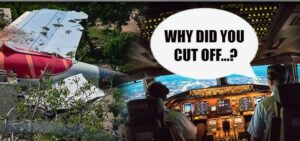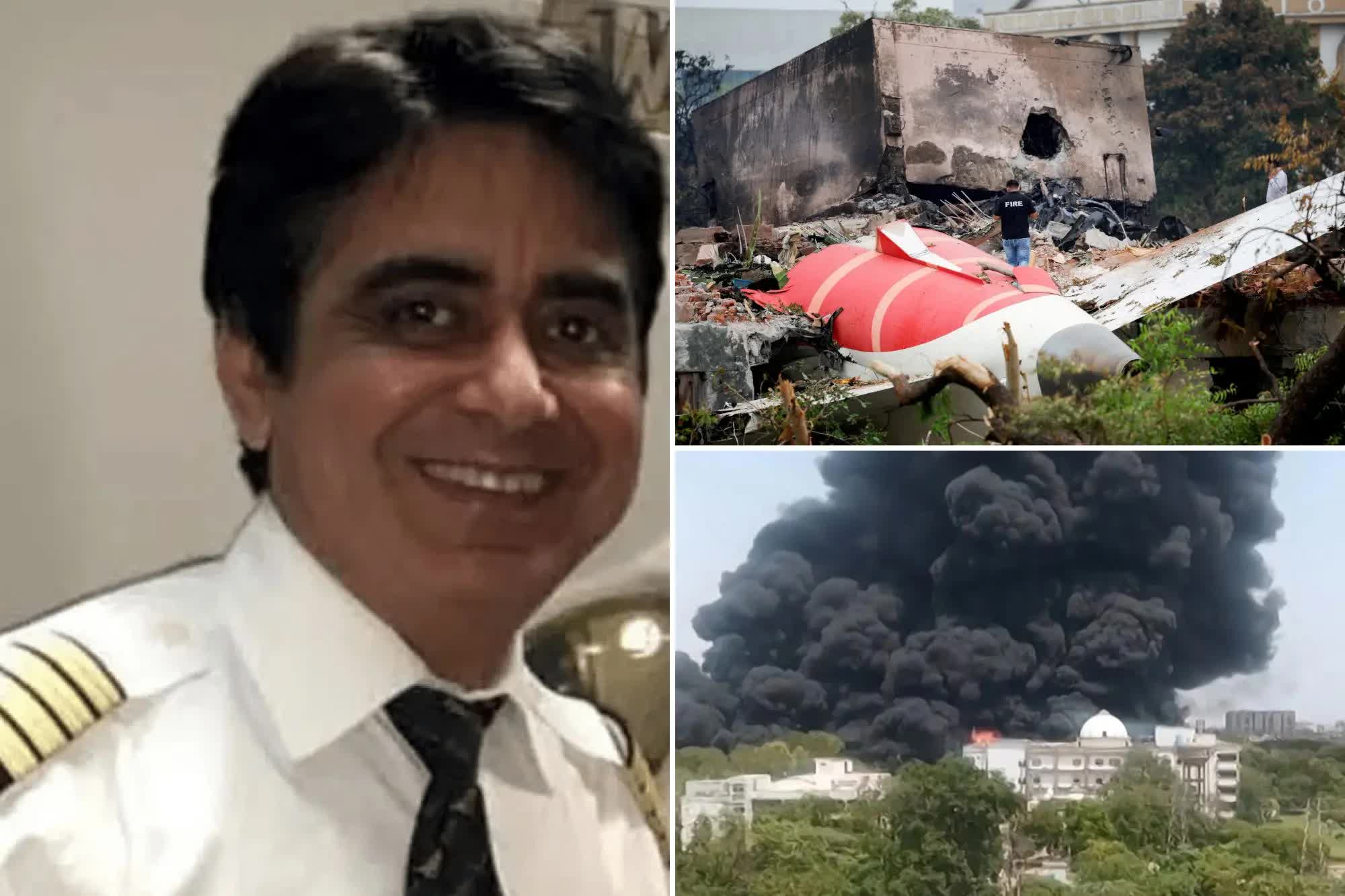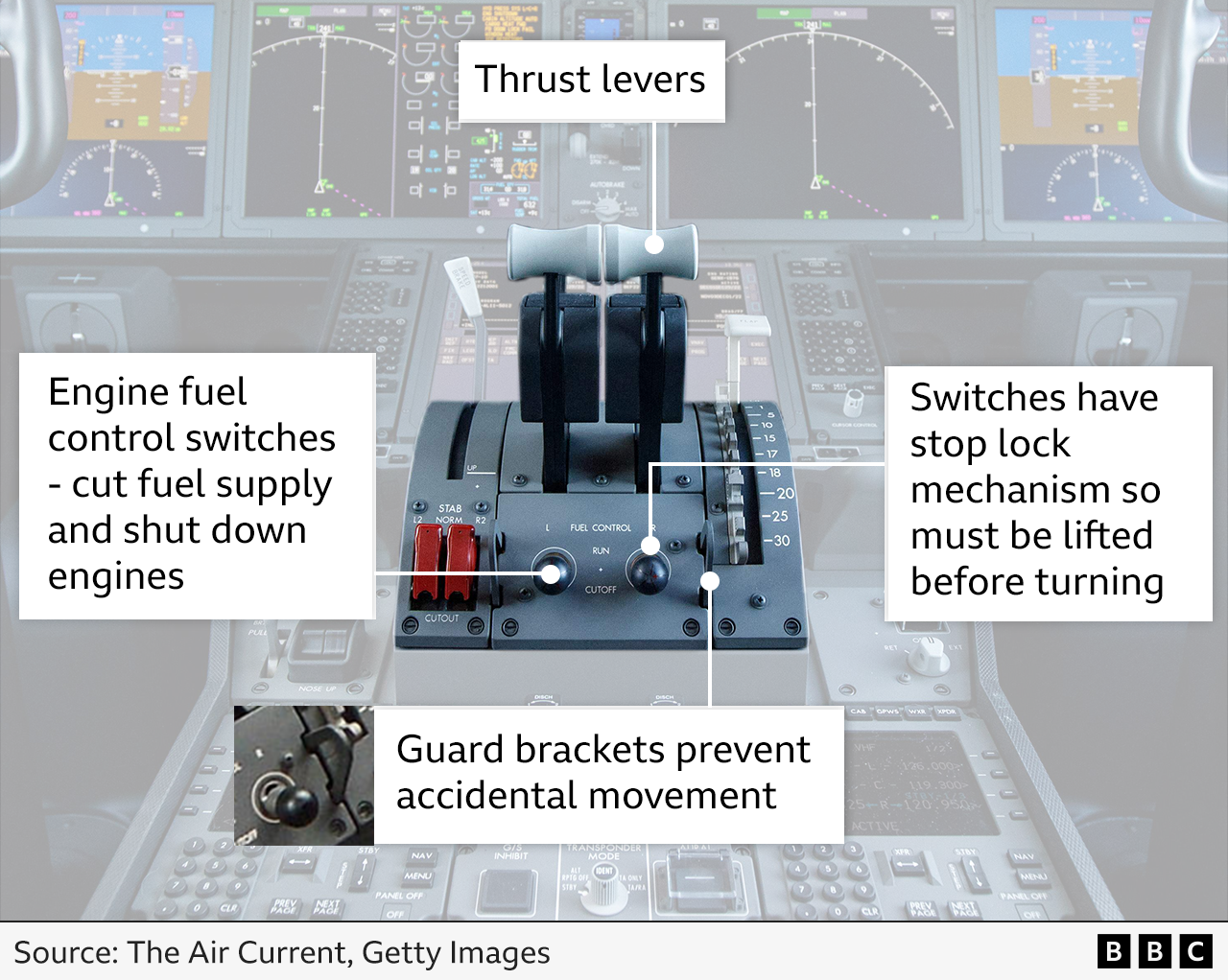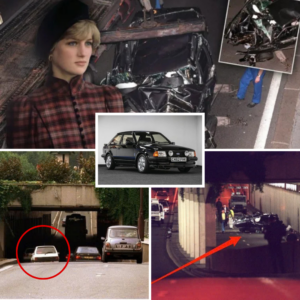On June 12, 2025, Air India Flight 171, a Boeing 787-8 Dreamliner bound for London Gatwick from Ahmedabad, India, crashed just 30 seconds after takeoff, claiming the lives of 241 of the 242 people on board and 19 others on the ground. The tragedy, one of the deadliest aviation disasters in recent history, has left investigators, families, and the global aviation community grappling with a haunting mystery. A preliminary report released by India’s Aircraft Accident Investigation Bureau (AAIB) on July 11, 2025, revealed a chilling detail: seconds after takeoff, both fuel control switches were moved to the “cutoff” position, starving the aircraft’s engines of fuel and triggering a catastrophic loss of power. The cockpit voice recorder (CVR) captured a moment of confusion and rising panic as the co-pilot, First Officer Clive Kunder, asked Captain Sumeet Sabharwal, “Why did you cut off?” only to be met with the captain’s denial: “I didn’t do it.” Kunder’s voice, breaking with urgency, repeated, “I didn’t touch it,” as the pilots scrambled to restore power in the fleeting seconds before the crash. This article explores the details of the preliminary report, the implications of the cockpit recording, and the broader questions surrounding what has been dubbed a “ghost shutdown.”
The Final Moments of Flight 171
Flight 171 pushed back from the gate at Sardar Vallabhbhai Patel International Airport in Ahmedabad at 13:13 IST (07:43 UTC). The aircraft, a 12-year-old Boeing 787 Dreamliner, was carrying 230 passengers, 10 cabin crew members, and two pilots. Captain Sumeet Sabharwal, a seasoned pilot with 15,638 total flying hours, including 8,596 on the Boeing 787, was the pilot-in-command. First Officer Clive Kunder, aged 32, had 3,403 flying hours, with 1,128 on the 787. Kunder was the pilot flying, responsible for handling the controls during takeoff, while Sabharwal monitored systems and communicated with air traffic control (ATC).
The aircraft was cleared for a full-length takeoff on runway 23 at 13:37:33 IST. It began its takeoff roll four seconds later, reaching a speed of 155 knots (287 km/h) and lifting off at 13:38:39. Three seconds later, at 13:38:42, as the plane reached its maximum recorded airspeed of 180 knots (330 km/h), both fuel control switches moved from “RUN” to “CUTOFF” within one second of each other, an action that cut off fuel to the engines. The CVR captured the ensuing exchange: Kunder, in a tone described by sources as laced with shock, asked, “Why did you cut off?” Sabharwal responded, “I didn’t do it.” As the engines began to wind down, Kunder’s voice broke, repeating, “I didn’t touch it,” reflecting his rising panic as the aircraft lost thrust.

At 13:38:47, the ram air turbine (RAT) deployed automatically, indicating a total loss of power to essential systems. Ten seconds later, at 13:38:52, the fuel switch for engine 1 was returned to “RUN,” followed by engine 2 four seconds later. The full authority digital engine control (FADEC) system attempted to relight the engines, but while engine 1 began to spool up, engine 2 failed to recover sufficient thrust. At 13:39:05, one of the pilots issued a desperate “MAYDAY MAYDAY MAYDAY” call, but ATC received no response to their request for the flight’s call sign. Six seconds later, at 13:39:11, the aircraft struck trees, an incineration chimney, and then a building at the B.J. Medical College hostel, crashing in a fireball that devastated the surrounding area.
The Cockpit Recording: A Window into Chaos
The CVR, recovered from the wreckage on June 16, has become the focal point of the investigation. The recording, as detailed in the AAIB’s preliminary report and corroborated by U.S. sources cited in a July 17 Wall Street Journal article, suggests that Kunder, the pilot flying, was preoccupied with controlling the aircraft during its initial climb, making it unlikely he manipulated the fuel switches. This has led some investigators to hypothesize that Sabharwal, the monitoring pilot, may have inadvertently or deliberately moved the switches, though he denied doing so. The phrase “I didn’t touch it” from Kunder, repeated with a trembling voice, underscores the confusion and disbelief in the cockpit as the pilots confronted an inexplicable loss of power.

The fuel control switches, located on the center console between the pilots, are designed to prevent accidental activation. Each switch has a spring-loaded locking mechanism, requiring a pilot to pull it upward before moving it between “RUN” and “CUTOFF.” Experts, including U.S. aviation analyst John Nance, have noted that moving both switches within a second of each other would require deliberate action, as accidental contact is highly unlikely. Nance, speaking to NBC News, remarked, “For any experienced pilot, there is no question in your mind what is going to happen if you turn these switches off,” raising the possibility of a “mental aberration” or intentional act, though he cautioned against premature conclusions.
Theories and Speculation: Human Error or Mechanical Failure?
The AAIB report explicitly states that no mechanical or maintenance faults were identified, and the aircraft was compliant with all applicable airworthiness directives. Fuel samples from the bowsers and tanks used to refuel the aircraft were tested and found satisfactory, ruling out fuel contamination. The absence of significant bird activity, adverse weather, or dangerous goods on board further narrows the focus to the fuel switches’ movement. However, the report does not conclude whether the shutdown was caused by human error, a technical malfunction, or an external factor.
One theory, supported by U.S. officials’ early assessments reported by Reuters, points to Captain Sabharwal as the likely actor in moving the switches, given Kunder’s role as the pilot flying. However, aviation lawyer Mary Schiavo has cautioned against assuming pilot error, suggesting a possible software glitch. Schiavo, in an interview with the Financial Express, noted that the aircraft’s thrust control malfunction accommodation system might have misinterpreted the plane’s status as being on the ground, automatically moving the switches to “CUTOFF.” She emphasized the need for a full CVR transcript to avoid misleading interpretations, stating, “There is nothing here to suggest pilot suicide or murder.”

The Federation of Indian Pilots (FIP) has criticized media speculation, arguing that the preliminary report relies heavily on paraphrased CVR excerpts and lacks comprehensive data. The FIP’s statement on July 17 condemned “reckless and unfounded insinuations of pilot suicide,” calling for restraint until the investigation is complete. The absence of cockpit video recorders, a long-debated safety feature, has been highlighted as a critical gap. Peter Goelz, a former NTSB managing director, told the BBC that an over-the-shoulder camera could have shown definitively whose hand, if any, was on the switches.
The Human Toll and Public Reaction
The crash’s devastating impact, with 260 lives lost, has left families and communities in mourning. Imtiyaz Ali, who lost his brother, sister-in-law, and their two children, described the preliminary report as “like a product description,” offering little clarity on the cause. Sameer Rafik, another grieving relative, told the BBC he distrusts the report’s implications of pilot error, citing the experience of both pilots and demanding the release of the full CVR. Badasab Syed, who lost four family members, echoed this sentiment, questioning whether the fuel switch issue was avoidable.
Public discourse on platforms like X has reflected confusion and skepticism. Posts from users like @DefenceDecode and @AskAnshul highlight the mystery of the switches moving “one after the other” and the pilots’ denial of responsibility, fueling speculation about a technical malfunction or a third party in the cockpit, though no evidence supports the latter. India’s Civil Aviation Minister, Ram Mohan Naidu, urged restraint, emphasizing that the investigation must “follow the facts.”
The Path Forward: Investigation and Implications
The AAIB, with assistance from the U.S. National Transportation Safety Board (NTSB) and UK investigators, is analyzing data from the enhanced airborne flight recorders (EAFRs) recovered on June 13 and 16. The wreckage, including both engines, has been moved to a secure facility for further examination. The DGCA has ordered inspections of fuel control switches on all Boeing 787s operating in India, prompted by a 2018 FAA bulletin noting that some Boeing 737 switches had disengaged locking mechanisms, though no such issue was reported for the 787.
Boeing and GE Aerospace, the engine manufacturer, have pledged full cooperation, with Boeing CEO Kelly Ortberg canceling plans to attend the Paris Air Show to focus on the investigation. The crash has renewed calls for cockpit video recorders, with The Air Current citing past accidents like EgyptAir Flight 990, where video evidence could have resolved ambiguities. However, pilot unions have historically resisted such measures, citing privacy concerns.
As the investigation continues, the haunting words of First Officer Kunder—“I didn’t touch it”—linger as a symbol of the unresolved questions surrounding Flight 171. Was it human error, a software glitch, or an unforeseen mechanical failure? The final report, expected within a year, will be critical in providing answers to grieving families and ensuring such a tragedy is not repeated. For now, the “ghost shutdown” remains a perplexing enigma, a stark reminder of the complexities and risks inherent in modern aviation.




